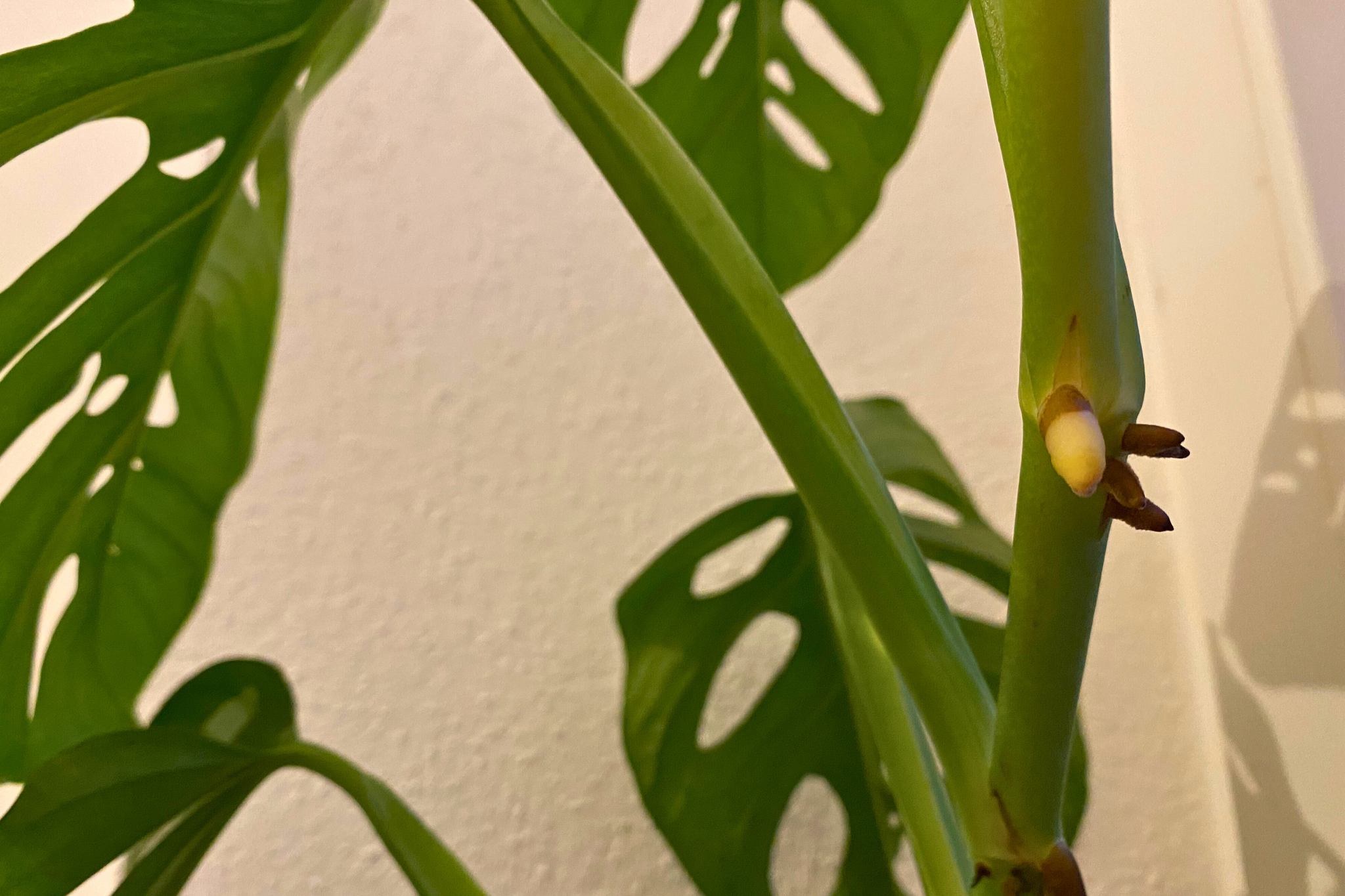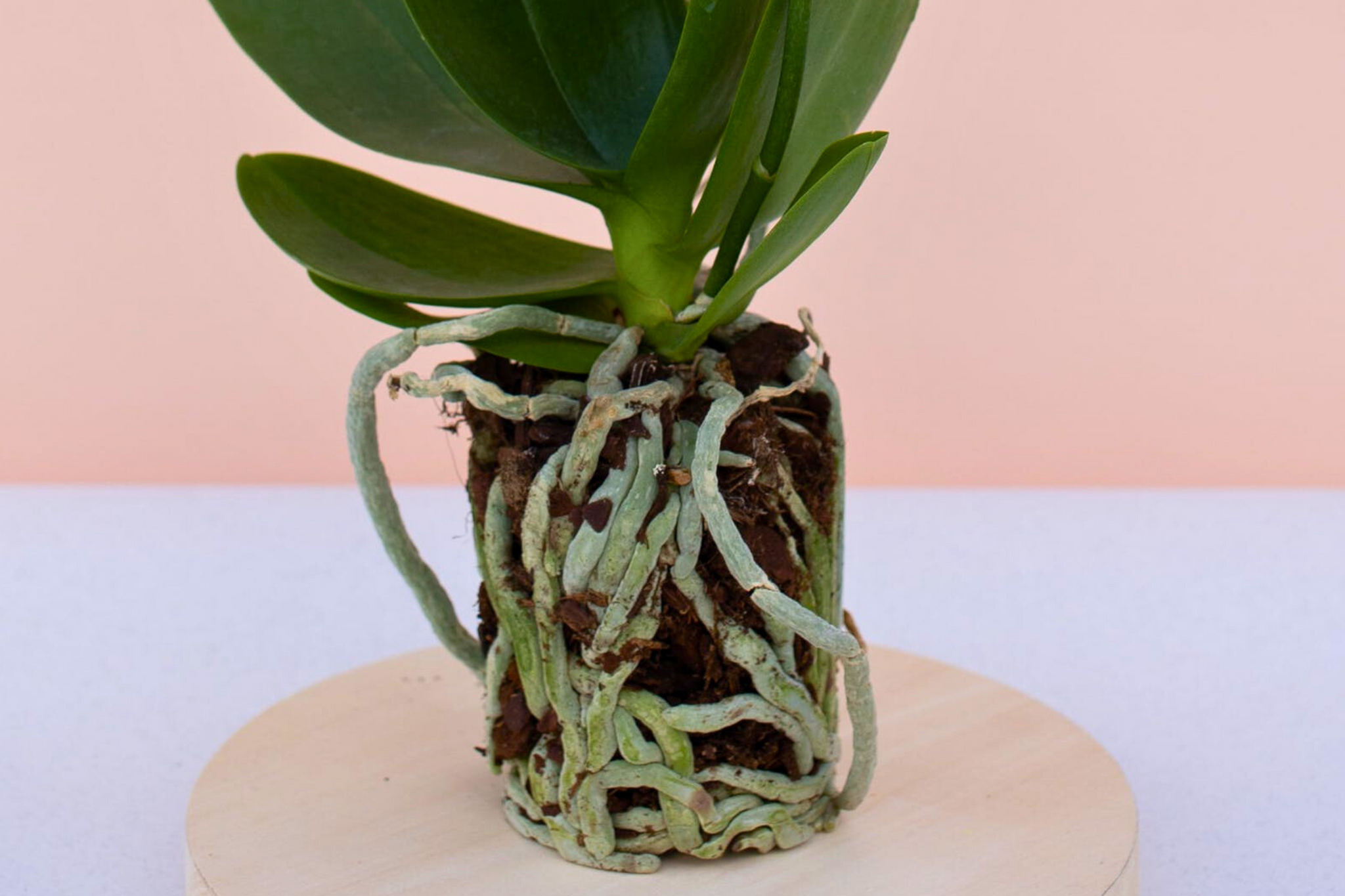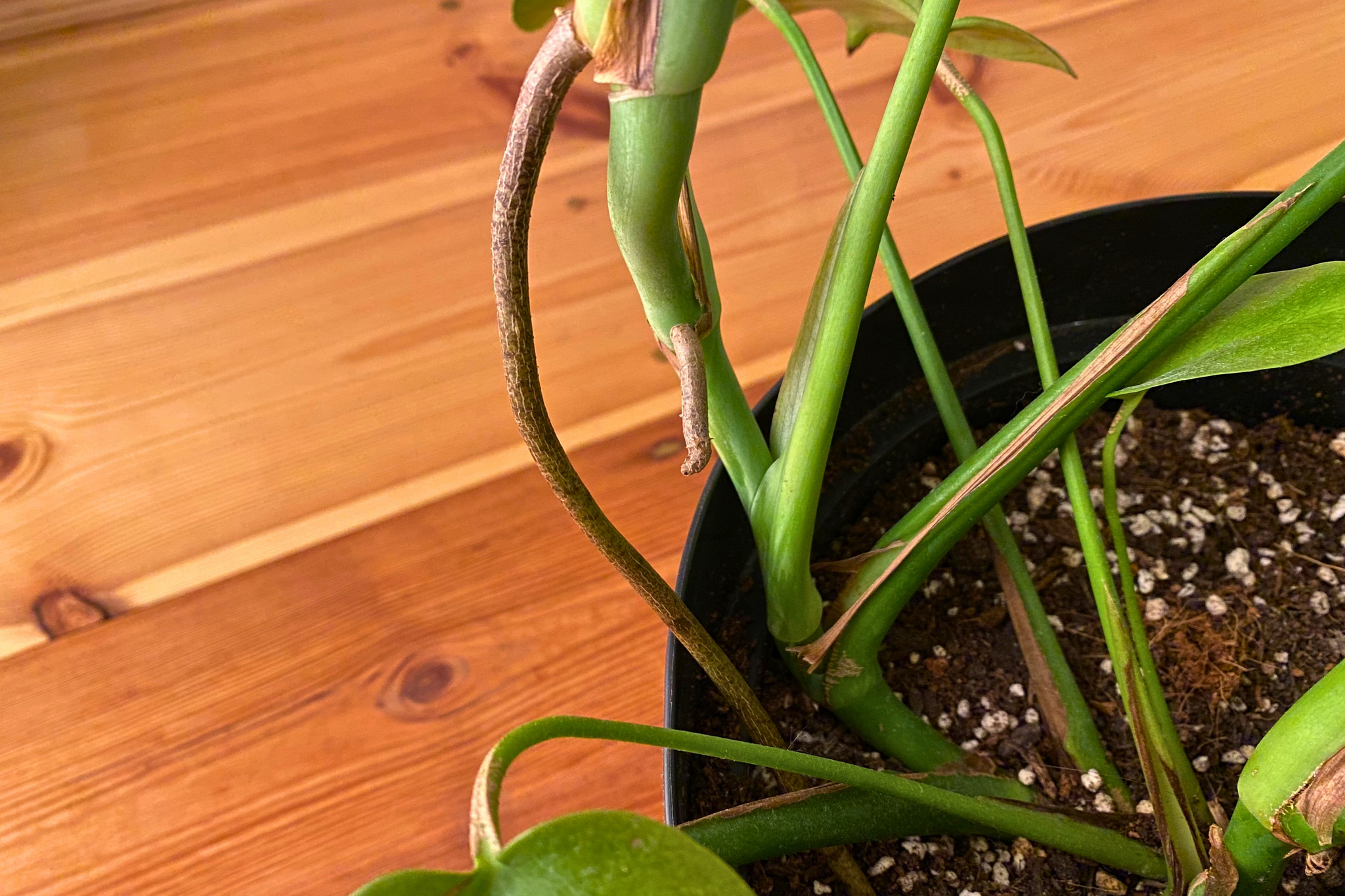The formation of aerial roots is a fascinating feature of many tropical houseplants such as the Monstera. These above-ground roots do not grow in the ground, but in the air. But what are they actually used for? In this article you will learn everything about caring for your houseplants and why they have aerial roots.
What are aerial roots for Monstera etc. good for?
Aerial roots have the special ability to supply plants by absorbing water and nutrients from the environment. This is particularly advantageous in the tropics. They serve as an additional source of water for the plant, especially when the soil is dry or cannot be reached at all because some plants grow on rocks or trees. They also serve as climbing aids in nature, e.g. B. holding on to trees. Depending on their ability, they are also known as adhesive or respiratory roots.
Which plants form these roots?
Monstera deliciosa is a popular houseplant with large, decorative leaves and characteristic aerial roots. These can be several meters long. Orchids such as Phalaenopsis or Dendrobium also form aerial roots. This is very characteristic of these epiphytes. The rubber tree and tropical philodendrons also form above-ground roots outside of the substrate. What does a healthy aerial root look like? Green tips mean they are growing straight.

Can you cut off the aerial roots?
The question of cutting off the aerial roots is one that often concerns plant lovers. If they are healthy, you should not remove them. After all, they play an important role in nourishing the plant. Only cut them off if they are dead, unsightly or a nuisance. In principle, cutting off the roots is not harmful to the plant.
Increased formation of this type of roots may be due to the fact that the plant is not receiving sufficient supply from the earth's roots. Fertilizing is particularly important here to avoid excessive formation of Monstera aerial roots!
How do you care for aerial roots?
Orchids are epiphytes, also called epiphytes. They rely exclusively on their aerial roots. Therefore, healthy roots should not be cut off. Only rotten or dead roots should be removed. Dust removal and regular spraying with water and fertilizer are particularly important for orchids. In this case, healthy aerial roots due to moisture are often synonymous with healthy orchids!

Can you redirect above ground roots?
If the aerial roots are growing in an undesirable direction, they can be carefully redirected to the desired direction. For monstera, philodendron, rubber tree, etc., carefully wrap these around a trellis. This allows the plant to gain additional stability.
What to do with long aerial roots when repotting monstera?
If the aerial roots bother you, you can simply plant them in the next time you repot. You can also put them in the potting soil without repotting. In the potting soil they become roots.

Insider tip: leaf fertilizer for your houseplants
In addition to water, aerial roots can also absorb nutrients from the air. For this reason, spray fertilizers, so-called foliar fertilizers, are ideal for use on plants with aerial roots.
The FARBIO® Nitrogen Bio-Boost is applied to the plant with a spray bottle. Extra nitrogen promotes growth.
The FARBIO® organic microcomplex supplies your plants with essential trace elements and thus ensures high vitality.

























